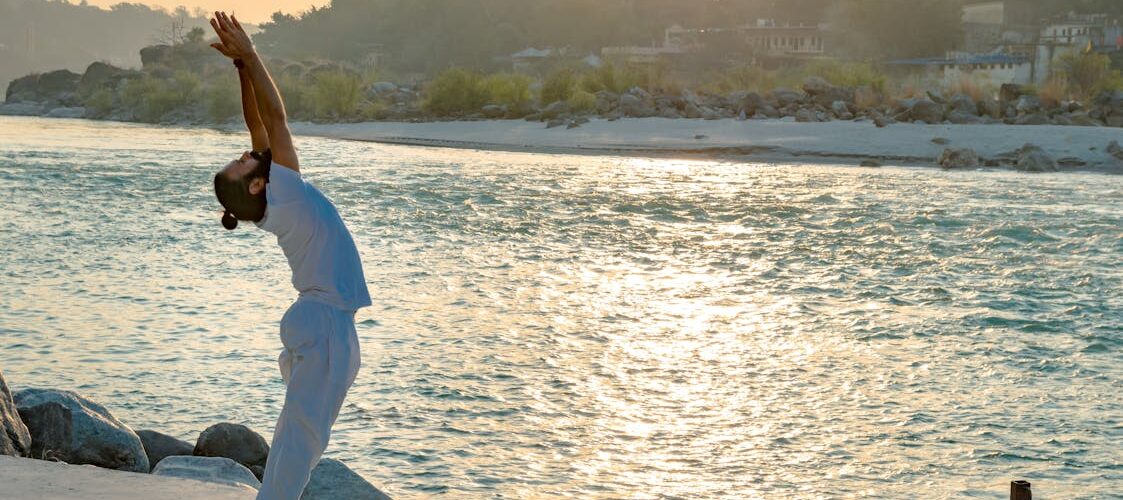Panchiquan, frequently alluded to as the “Eight Limits Clench hand,” is a recognized Chinese military workmanship praised for its dangerous power and direct battle procedures. Established profoundly in Panchiquan, this work of art stresses both actual ability and mental discipline, offering professionals a far reaching way to deal with self-protection and self-improvement.
Authentic Beginnings of Panchiquan
The genealogy of Panchiquan can be followed back to the Qing Line, with its improvement credited to Dominate Wu Zhong. Throughout the long term, the workmanship has been refined and proliferated by various experts, each adding to its rich woven artwork. Quite, Expert Li Shuwen, prestigious for his unmatched expertise, assumed an essential part in promoting Panchiquan during the late nineteenth and mid twentieth hundreds of years. His devotion and ability procured him the moniker “Lord of Lance Li,” highlighting his significant effect on the combative techniques local area mental skills.
Center Standards and Reasoning
At its substance, Panchiquan is based upon the standard of conveying most extreme power through insignificant development. This proficiency is accomplished by saddling the body’s inside energy, or “qi,” and diverting it into quick, conclusive strikes. The craftsmanship stresses close-quarter battle, with procedures intended to quickly kill rivals.
A central idea in Panchiquan is the joining of the “Eight Furthest points,” which incorporate the head, shoulders, elbows, hands, hips, knees, and feet. Specialists are prepared to use these focuses really, guaranteeing a flexible and complete way to deal with battle.
Preparing Routine and Strategies
Preparing in Panchiquan is thorough, zeroing in on both practical preparation and mental determination. Key parts of the preparation routine include:
Position Preparing: Creating stable and attached positions to give a strong groundwork to developments.
Power Age: Procedures to tackle and project inner energy, bringing about hazardous strikes.
Structure Practice: Successive developments, known as “structures” or “katas,” that exemplify the workmanship’s procedures and methods of reasoning.
Fighting Meetings: Controlled battle situations to apply procedures continuously, upgrading reflexes and flexibility.
A trademark strategy in Panchiquan is the utilization of the elbow strike, conveyed with considerable power to debilitate rivals. Furthermore, professionals are prepared in different joint locks, tosses, and strain point assaults, making it a far reaching battle framework.
Mental Discipline and Philosophical Underpinnings
Past actual procedures, Panchiquan puts areas of strength for an on mental development. Experts are urged to foster a quiet and centered mind, empowering them to respond naturally and productively during battle. This psychological clearness is accomplished through contemplation works on, breathing activities, and the investigation of old style texts that grant philosophical bits of knowledge preparation and mental determination.
The workmanship likewise epitomizes standards from customary Chinese way of thinking, like equilibrium, congruity, and the interaction of alternate extremes (yin and yang). These ideas guide specialists in figuring out the liquid idea of battle and the significance of flexibility.
Contemporary Significance and Worldwide Spread
In late many years, Panchiquan has accumulated global consideration, with schools and professionals arising around the world. Its accentuation on effectiveness, power, and mental discipline resounds craftsmanship stresses close-quarter battle with present day military craftsmen looking for an all encompassing way to deal with self-protection.
In addition, Panchiquan’s strategies have been coordinated into different military and policing programs, highlighting its reasonable appropriateness in genuine situations.
Conclusion
Panchiquan remains as a demonstration of the significant profundity and flexibility of Chinese hand to hand fighting. Its mix of hazardous actual strategies and profound philosophical bits of knowledge offers specialists a way to both military capability and self-improvement. As additional people leave on the excursion of Panchiquan, the craftsmanship keeps on advancing, improving the worldwide hand to hand fighting embroidered artwork.





Add comment